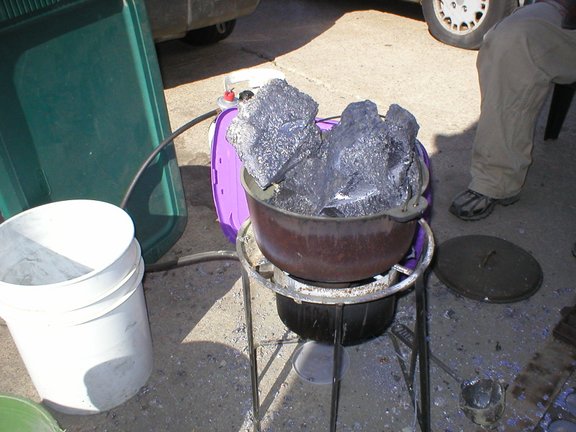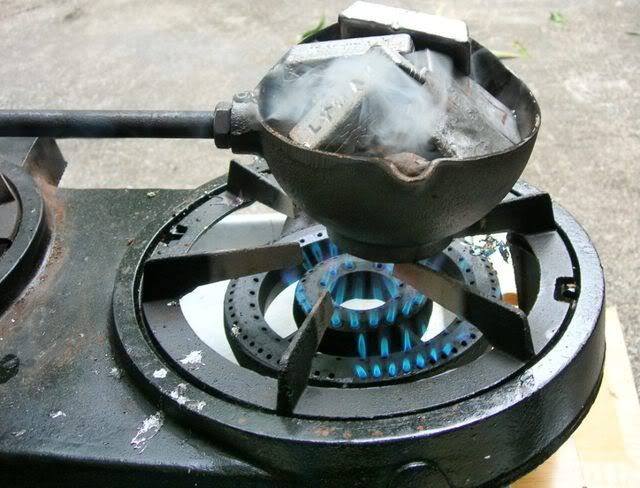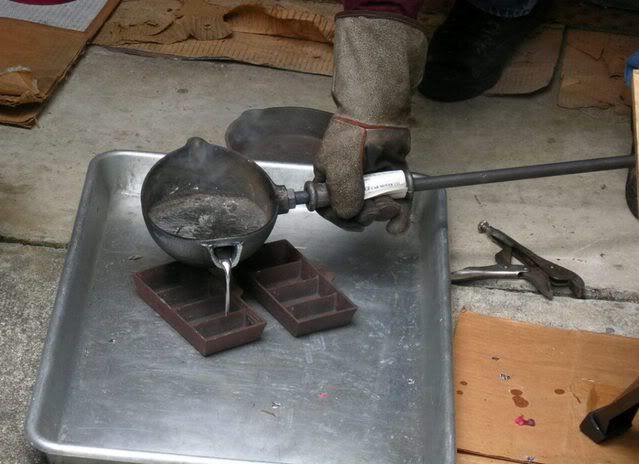Citywaterman
New member
I found this article "Reclaining Wheel weights" I thought some of you may enjoy reading. Citywaterman
Here's the link: http://www.surplusrifle.com/reloading/alloy2/pdf/alloy2.pdf
Here's the link: http://www.surplusrifle.com/reloading/alloy2/pdf/alloy2.pdf



